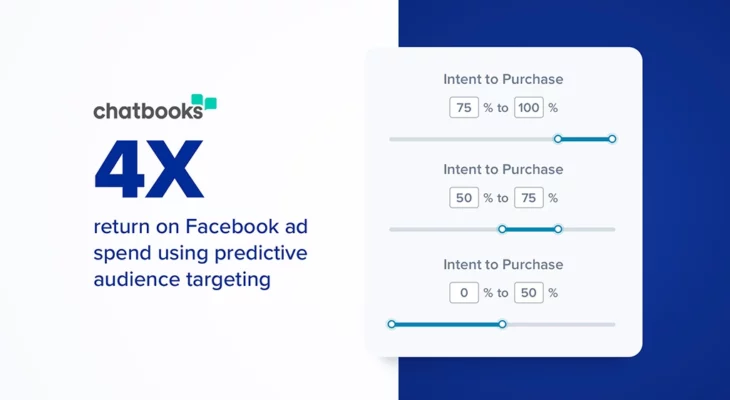This is part four of the series, 4 Ways to Increase ROI During Economic Uncertainty, Part 4: Using Audience Targeting. Chief Growth Officer, Josh Francia, writes from the perspective of a business leader who’s achieved success throughout myriad economic struggles, including 2008’s recession, 2010’s volcanic eruption which halted air travel, and 2016’s Zika virus outbreak. For more on Josh’s experience, read part one, here.
As we learn more about what the coming days, weeks, and months will look like in our new reality, I hope these strategies I’ve outlined in part one, two, and three of this series will be beneficial to your marketing efforts. In this final installment, I want to tie in how you can adjust your paid spend to be the most effective it can be, while still being conscious about trimmed down budgets. These shifts don’t have to bring your paid efforts to a complete halt, they can in fact make your programs healthier and see more ROI than ever before.



